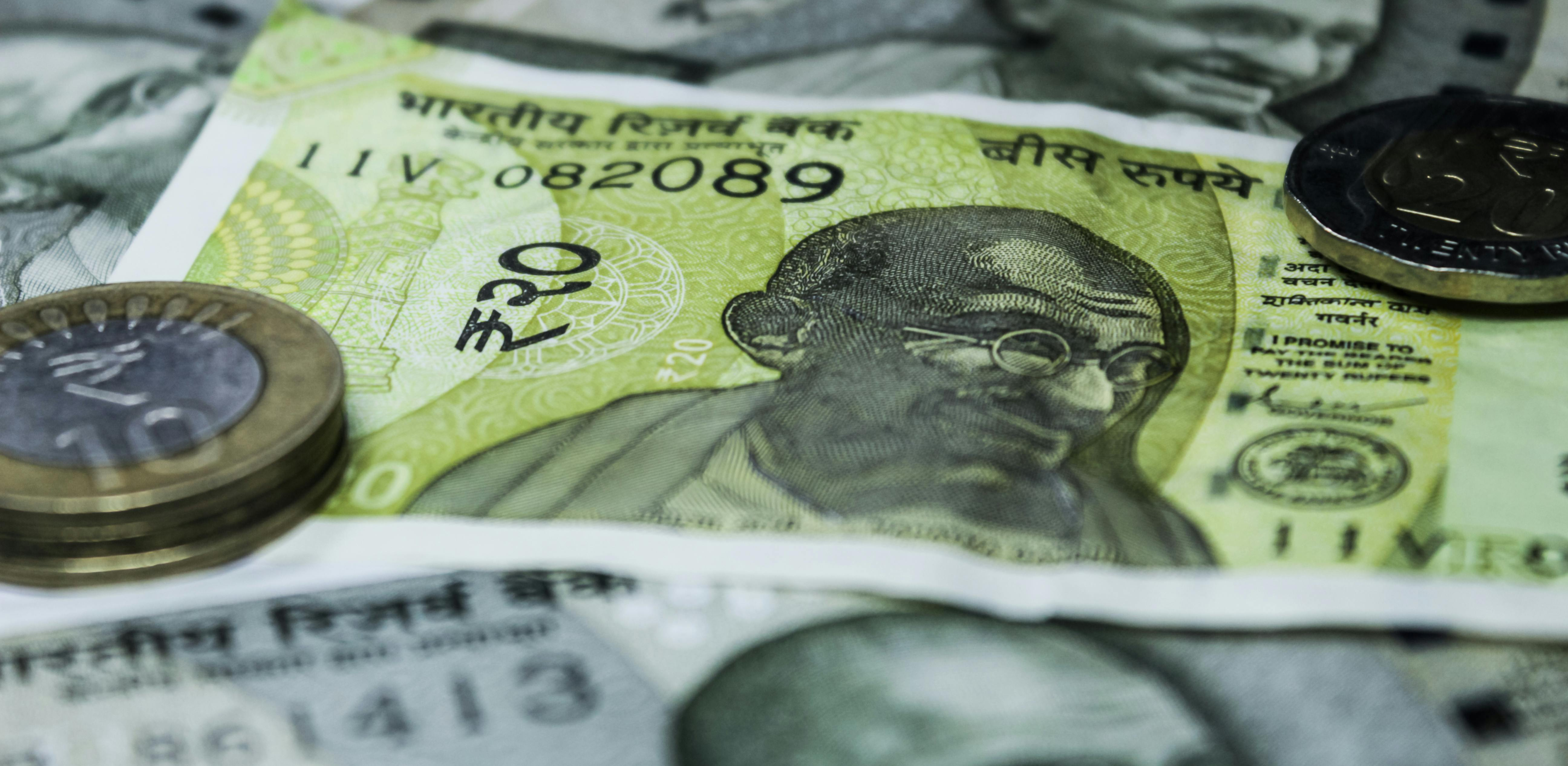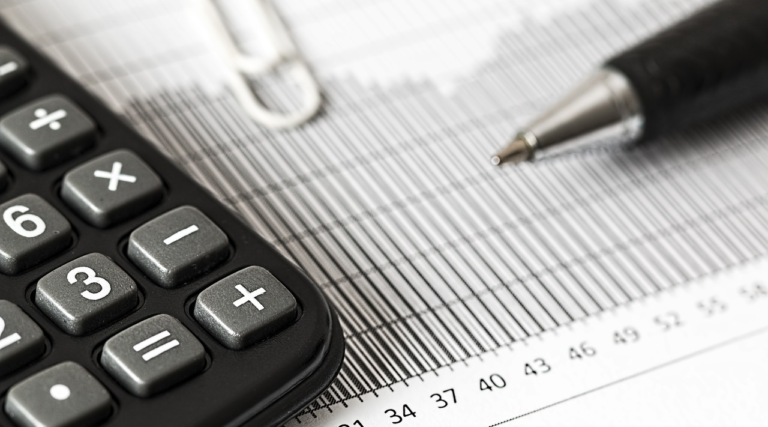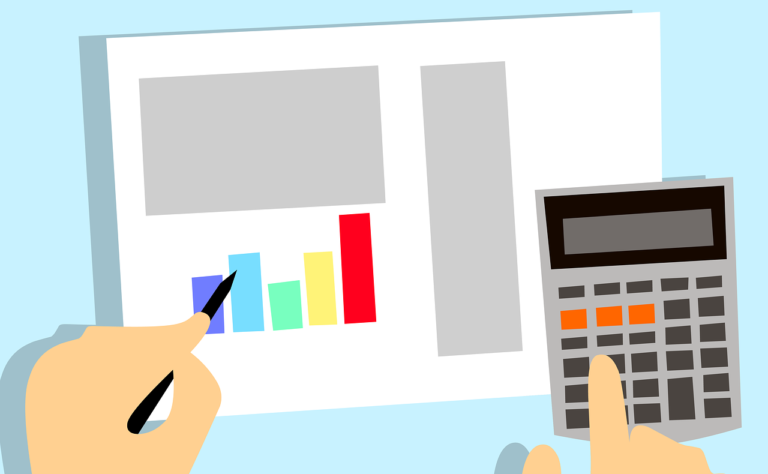Emergency Funds: How Much Do You Really Need?
In the unpredictable journey of life, financial emergencies are not a matter of if, but when. Whether it’s a sudden medical emergency, unexpected job loss, or urgent home repairs, having a financial cushion can significantly mitigate stress and uncertainty. This is where an emergency fund comes into play. Particularly for Indian citizens, where family and societal obligations can often extend financial responsibilities, understanding the importance of and adequately planning an emergency fund is paramount. This article delves into the nuances of emergency funds, offering guidance on how much you really need to secure your financial well-being in India.
Understanding Emergency Funds
An emergency fund is essentially a financial safety net designed to cover unexpected expenses without relying on credit cards or loans, which can exacerbate financial strain. It’s the foundation of a sound financial plan, ensuring that you’re prepared for life’s uncertainties.
Why Is an Emergency Fund Essential?
For Indians, the importance of an emergency fund cannot be overstated. With a healthcare system that often requires out-of-pocket expenditures and a job market experiencing fluctuations, an emergency fund offers peace of mind. It also ensures that long-term savings goals, such as saving for a child’s education or retirement, are not derailed by unforeseen expenses.
How Much Do You Need?
The size of an emergency fund can vary based on individual circumstances, but a general guideline is to have enough to cover 3 to 6 months’ worth of living expenses. For self-employed individuals or those in volatile job markets, aiming for a 6 to 12 months’ cushion is prudent.
Calculating Your Emergency Fund
- List Monthly Expenses: Start by calculating your essential monthly expenses. In India, this would typically include rent or mortgage payments, groceries, utilities, healthcare, transportation, and any other non-negotiable costs.
- Factor in Family Obligations: Indian families often have extended financial responsibilities, such as supporting elderly parents or contributing to family events. Ensure these are accounted for in your calculations.
- Adjust for Lifestyle: If your lifestyle includes regular travel, dining out, or other discretionary spending, consider scaling back these expenses in emergency scenarios. Your emergency fund should focus on essentials but also allow for minimal lifestyle maintenance.
Examples
Let’s say the total monthly essential expenses for a family living in a metro city like Mumbai or Bangalore amount to ₹50,000. Following the guideline of covering six months’ expenses, the target emergency fund size would be:
₹50,000 (monthly expenses) x 6 (months) = ₹3,00,000
For individuals with more volatile income streams or those supporting extended family, aiming for 12 months may be more appropriate:
₹50,000 (monthly expenses) x 12 (months) = ₹6,00,000
Building Your Emergency Fund
Start Small
If the target amount seems daunting, remember that starting small can still make a significant difference. Even a fund of ₹10,000 can provide some financial relief in emergencies.
Automate Savings
One effective strategy is to automate transfers to a dedicated emergency fund account. Many Indian banks offer the ability to set up automatic transfers, making it easier to save consistently.
Increase Contributions Over Time
As your income grows or you find ways to reduce expenses, increase the amount you’re contributing to your emergency fund. Tax refunds, bonuses, or income from side jobs can boost your savings significantly.
Keep It Accessible but Separate
Your emergency fund should be easily accessible without being too easy to spend on non-emergencies. Consider a high-yield savings account or a liquid mutual fund that offers a balance between accessibility and earning potential.
Conclusion
An emergency fund is not just a financial buffer but a cornerstone of peace of mind for individuals and families. In the context of India’s dynamic economic landscape, having a robust emergency fund is crucial for navigating uncertainties. By assessing your unique financial needs, setting a clear savings goal, and adopting a disciplined approach to saving, building an emergency fund becomes an achievable and essential goal. Remember, the best time to start building your emergency fund was yesterday; the next best time is today.







